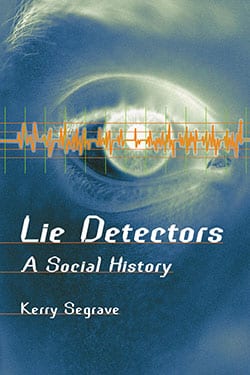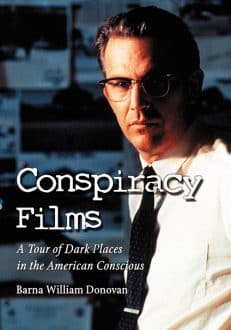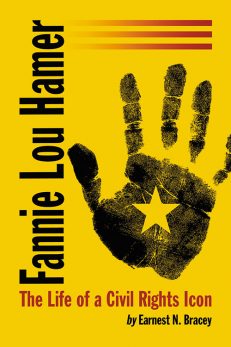Lie Detectors
A Social History
$29.95
In stock
About the Book
The polygraph, most commonly known as the lie detector, was created and refined by academics in university settings with support from a few early police agencies. This work is a history of the machine, from the experimental work of the late 1800s that led directly to its creation, until the present.
It covers early lie detectors and their inventors from the 1860s to the early 1920s, their use by the police and other law enforcement agencies in the 1930s and their use in Cold War America in the 1940s and 1950s. It then discusses the government’s use of the polygraph in the 1960s, the PSE, a new take on the old polygraph, and private businesses’ reliance on the polygraph in the 1970s and the government’s increasing reluctance to use it in the 1980s. A chapter on new ideas and uses for the polygraph in the 1990s and after concludes the book.
About the Author(s)
Bibliographic Details
Kerry Segrave
Format: softcover (6 x 9)
Pages: 225
Bibliographic Info: notes, bibliography, index
Copyright Date: 2004
pISBN: 978-0-7864-1618-9
eISBN: 978-0-7864-8161-3
Imprint: McFarland
Table of Contents
Introduction 1
1. Ancient Truth, the Years to 1869 3
2. The Black Box Takes Shape, 1870 to 1929 10
3. A Painless Third Degree, 1930 to 1941 21
4. The Polygraph Spreads in Cold War America, 1940s to 1950s 48
5. Government Use Increases, 1960s 73
6. The PSE: A New Truth Machine, 1970s 101
7. Business Embraces the Truth Machine, 1970s 111
8. The Government Blocks the Box, 1980s 134
9. The LD Survives; New Ideas Surface, 1990s to 2002 168
10. Conclusion 183
Notes 187
Bibliography 201
Index 213
Book Reviews & Awards
“Well researched…recommended”—Choice; “entertaining detail”—C&RL News.








